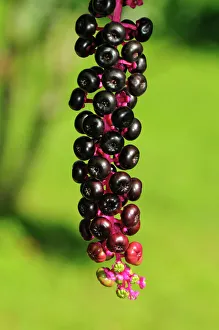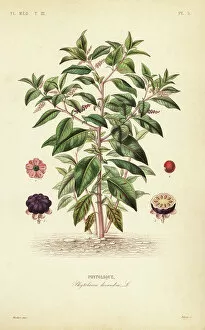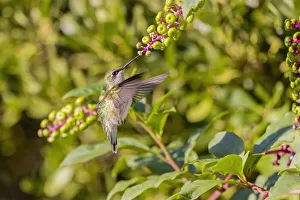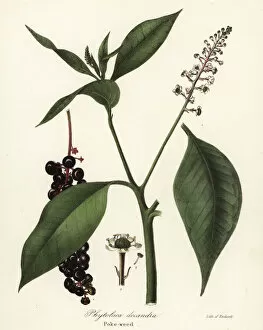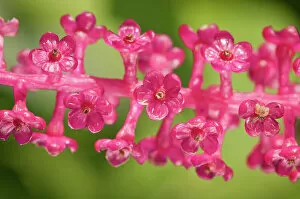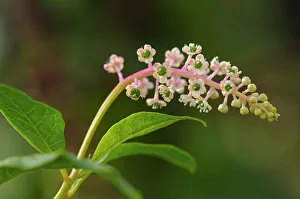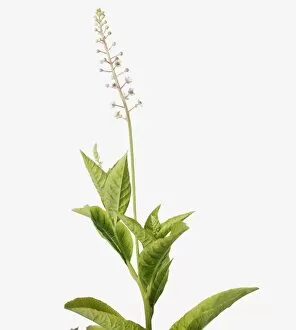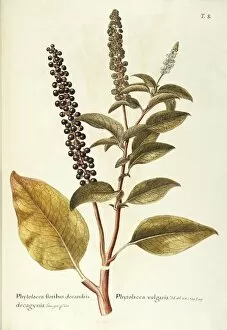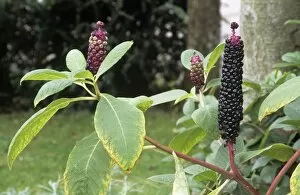Phytolacca Americana Collection
The vibrant and captivating Phytolacca americana, also known as American Pokeweed or Phytolacca decandra, is a sight to behold in the United States
All Professionally Made to Order for Quick Shipping
The vibrant and captivating Phytolacca americana, also known as American Pokeweed or Phytolacca decandra, is a sight to behold in the United States. Its ripe inflorescence showcases a stunning display of nature's beauty. With its small, pinkish-white flowers and leaves on long stems, this plant stands tall and proud. Ruby-throated hummingbirds are often drawn to the American pokeweed, finding solace amidst its enchanting allure. The delicate balance between these graceful creatures and the plant creates a harmonious ecosystem that is truly remarkable. Giovanni Antonio Bottione captured the essence of this magnificent species in his watercolor masterpiece from 1770-81. His artwork immortalizes the Phytolacca Americana American Pokeweed with meticulous detail and reverence. Pokeroot or Pokeweed (Phytolacca americana) has been used for centuries for various medicinal purposes due to its potent properties. However, it is important to note that caution should be exercised when handling this plant as some parts can be toxic if ingested improperly. As we marvel at the splendor of each blooming inflorescence of American Pokeweed -Phytolacca americana-, let us appreciate nature's ability to create such wonders. This resilient plant reminds us of the diversity found within our own backyard and serves as a reminder that even seemingly ordinary plants have their own unique charm waiting to be discovered.

